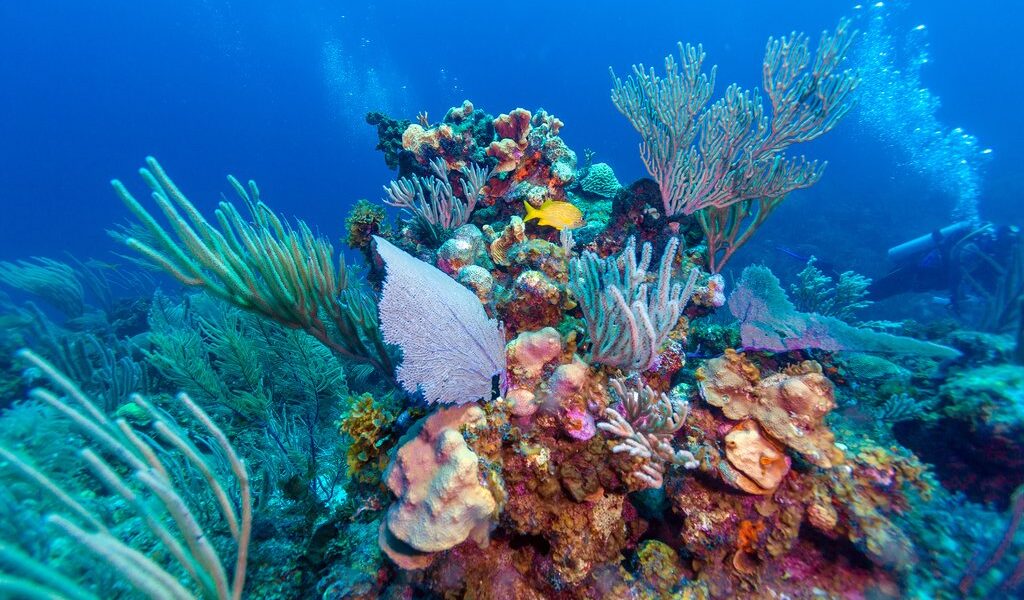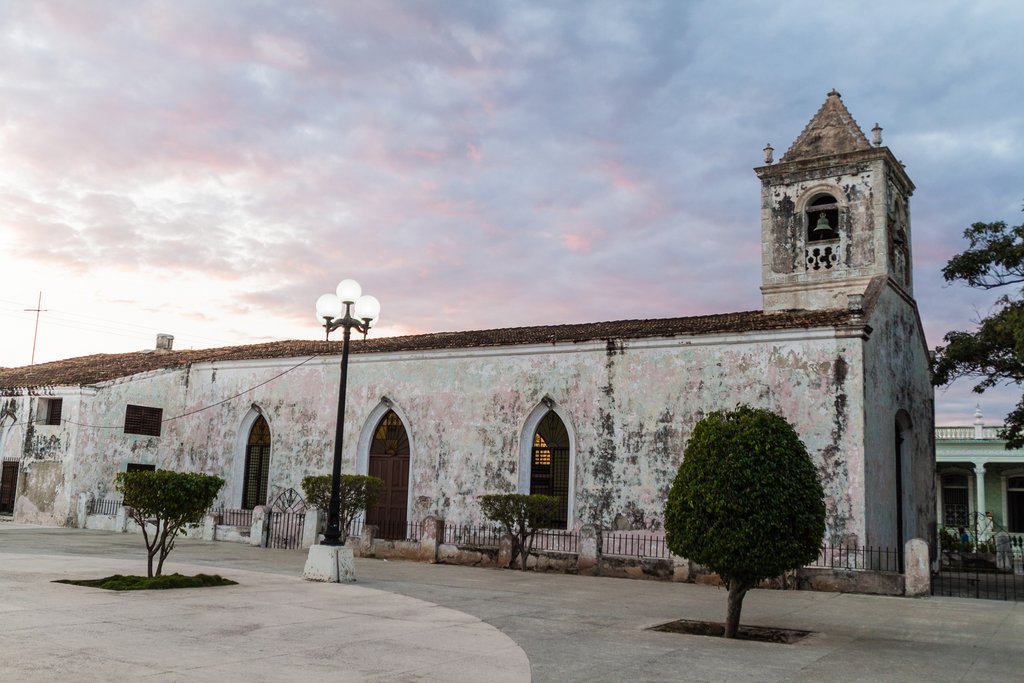
More than 4.5 million tourists visit Cuba each year, and the vast majority don’t get beyond the most popular destinations, such as Santa Clara, Trinidad, and Viñales. Escape the crowds with these suggestions and you’ll soon be biking, diving, hiking, and touring your way through Cuba like a local.
## Unveiling Cuba’s Hidden Gems: Adventures Beyond the Tourist Trail
Venturing beyond the well-trodden paths of Cuba is not merely about selecting obscure destinations; it’s equally about embracing alternative modes of travel. While certain lesser-known natural wonders demand a spirit of adventure and a robust level of physical endurance, others are accessible simply by choosing the road less traveled. And let’s not forget the allure of Cuba’s pristine coastlines, where tranquility and breathtaking scenery await. Some of the following exhilarating adventures can be effortlessly undertaken by independent explorers, while others are best experienced within the warm camaraderie of a shared group dynamic as part of a meticulously planned tour.
## Diving into the Depths of Punta Francés
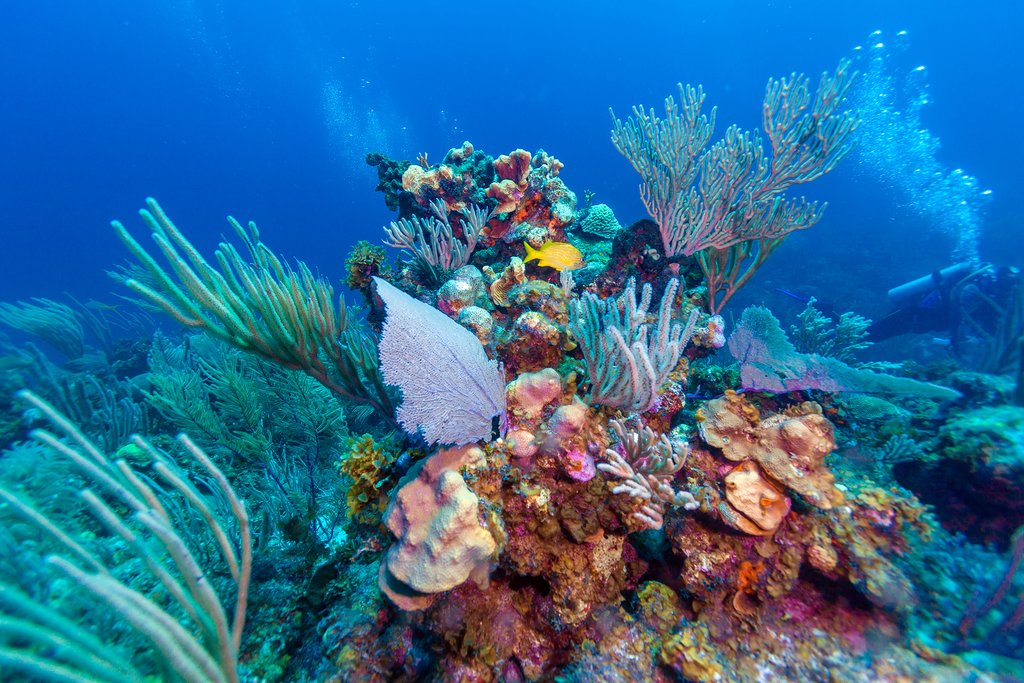
The underwater realm surrounding Cuba is celebrated for its untouched beauty, making it a haven for diving enthusiasts. This captivating island nation proudly displays hundreds of miles of vibrant coral reefs, and nestled at the southwestern tip of Isla de la Juventud lies Punta Francés, the undisputed crown jewel of Cuban diving locations. Here, in waters of remarkable tranquility, awaits a collection of 56 sensational dive sites, stretching along a ten-mile-long underwater wall. This magnificent structure commences at a modest depth of 60 feet, gradually descending into the mystifying abyss below, offering a mesmerizing experience for divers of all skill levels.
The reef itself is a captivating labyrinth of canyons and enchanting grottoes, each teeming with marine life and adorned with colossal brain corals and delicate, frond-like gorgonians. Among these underwater wonders, Site 39 stands out as a truly exceptional location, renowned for boasting the tallest coral column in the entire world. Divers here have the extraordinary opportunity to swim alongside gentle nurse sharks, graceful rays, and an endless procession of tropical fish, their scales painted with vibrant stripes and playful polka dots, creating an unforgettable spectacle of color and movement. Furthermore, northeast of the renowned dive resort at Hotel Colony, lie submerged treasures waiting to be discovered. Several Spanish galleons, remnants of a bygone era, rest peacefully on the seabed, alongside freighters that were intentionally sunk decades ago, serving as targets for the Cuban armed forces during training exercises. These wrecks provide a fascinating glimpse into history, offering a unique and enriching diving experience.
Beyond the allure of the underwater world, a visit to Punta Francés also presents an opportunity to delve into the island’s rich history and culture. Take some time to explore the charming town of Nueva Gerona, the island’s main urban center, and immerse yourself in its unique atmosphere. A must-see attraction is the infamous Presidio Modelo, the former prison where Fidel Castro, along with 25 fellow revolutionaries, were incarcerated following the unsuccessful assault on the Moncada barracks in 1953. This historical site offers a sobering yet captivating insight into Cuba’s revolutionary past.
## Embark on a Motorcycle Adventure Across Cuba
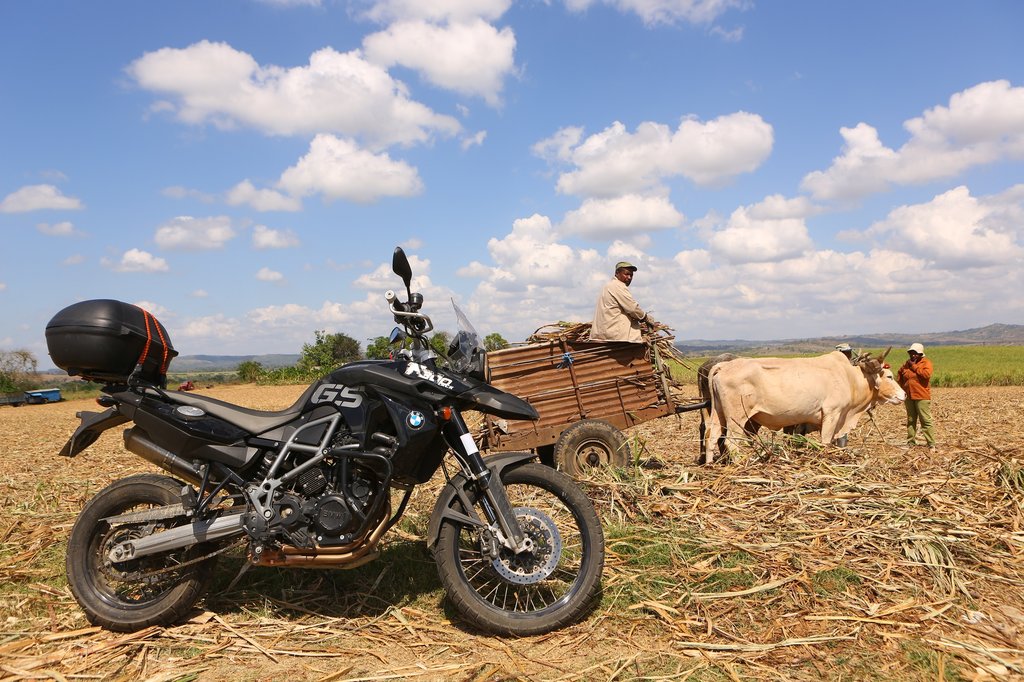
For adventurous souls seeking an unparalleled Cuban experience, traversing the island on two wheels, channeling the spirit of Che Guevara, represents the ultimate escapade. While renting motorcycles in Cuba is not generally possible (scooters being the exception), joining a guided motorcycle tour is an excellent alternative for experienced riders. Certain tours offer a selection of BMW and Harley-Davidson motorcycles, allowing participants to explore the island in style and comfort. These meticulously curated 8- and 11-day itineraries are fully compliant with U.S. travel regulations, guiding participants along less-traveled roads through the heart of Cuba’s tobacco country, across the majestic Sierra Escambray mountain range, and over the impressive pedraplén (causeway) leading to the idyllic Cayos de Villa Clara.
Motorcycles are a common mode of transportation for Cubans, with a diverse range of vehicles including pre-revolutionary Harleys, sturdy Soviet and European models, and contemporary electric bikes from China. Embarking on a motorcycle tour provides a unique opportunity to connect with the local population, including the passionate and proud owners of antique Harleys, known as harlistas. Engage in conversations, share stories, and gain insights into Cuban life from those who know it best, creating lasting memories and fostering a deeper understanding of the island’s culture.
## Unearthing the Treasures of Las Tunas and Holguín Provinces
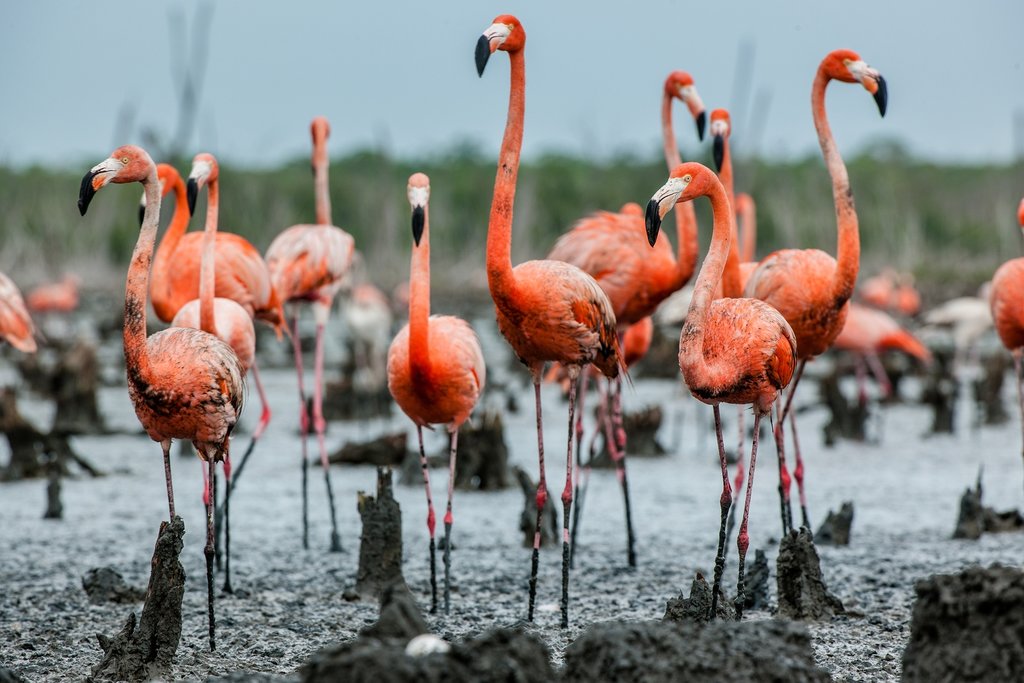
Located far from the bustling capital of Havana, at the gateway to Oriente, the easternmost region of Cuba, lie the sister provinces of Las Tunas and Holguín, largely untouched by mass tourism. Dedicating a few days to exploring this region will unveil a captivating array of attractions and experiences, offering a glimpse into a more authentic and less-explored side of Cuba. While public transportation is available, renting a car is highly recommended for maximizing flexibility and accessing remote locations.
While the city of Las Tunas itself may not hold extensive attractions, it serves as the gateway to the remote Refugio de Fauna Silvestre Monte Caganiguán-Ojo de Agua, a haven for nature enthusiasts and wildlife photographers. Embarking on a guided excursion to this protected area is highly recommended, rewarding visitors with unforgettable encounters with magnificent crocodiles in their natural habitat. The area is also a haven for birdlife, offering opportunities to observe vibrant flamingos, elegant roseate spoonbills, and a plethora of other fascinating avian species.
After immersing yourself in the natural wonders of Monte Caganiguán-Ojo de Agua, retrace your route to Las Tunas and then venture towards Puerto Padre, a tranquil port town that once held the distinction of being Cuba’s primary hub for sugar exports during the 19th century. Continue your journey eastward, taking a detour to the stunning beaches of Playas La Herradura and La Boca. These pristine stretches of sand offer a chance to unwind and enjoy the company of Cuban families, far removed from the typical tourist crowds. Indulge in fresh seafood at local paladares (private restaurants) and consider extending your stay in one of the welcoming casas particulares (private B&Bs), allowing you to fully immerse yourself in the laid-back atmosphere.
Next, set your sights on Holguín city, a journey of approximately one hour. Spend a day exploring the city’s historic core, centered around the charming Plaza Calixto García, and delve into the region’s past at the Museo Provincial de História (provincial history museum). Be sure to include a visit to Museo Conjunto Histórico Birán, the meticulously restored former family estate where Fidel and Raúl Castro spent their formative years. Surrounded by lush sugarcane fields and the majestic Sierra de Nipes Mountains, Birán offers a fascinating glimpse into the early lives of these iconic figures. This historical site makes an excellent stop on the way to your final destination, Pinares de Mayarí, a mountainous region where you can hike to cascading waterfalls amidst cool pine-clad uplands. Consider an overnight stay at the rustic eco-lodge, allowing you to fully appreciate the natural beauty of this hidden gem.
## Exploring Pinar del Río by Mountain Bike
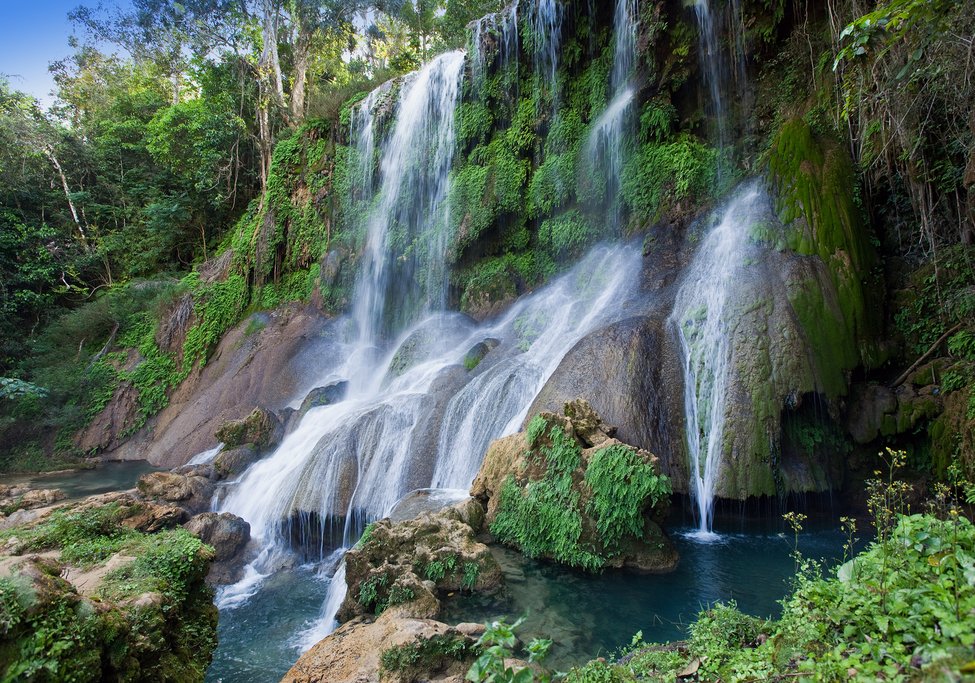
Outside of Havana, cycling stands as the most prevalent mode of transportation for Cubans. The tobacco-rich region of Pinar del Río, along with the Sierra del Rosario and Sierra de los Órganos Mountains west of the capital, offers some of the most rewarding terrain to explore on two wheels. Each day of this itinerary typically involves covering a distance of 40-50 miles, providing a satisfying blend of physical activity and scenic immersion.
Commence your journey in Havana by following the Costera Norte (North Coast road) westward from the vibrant Jaimanitas neighborhood, making a stop to admire the artistic wonders of Fusterlandia, a whimsical outdoor art installation. Beyond the town of Mariel, the road continues towards Cabañas. Here, turn left and ascend towards Las Terrazas, followed by Soroa, a picturesque mountain eco-retreat offering a comfortable hotel and charming B&Bs. After exploring the Orquideario (orchid garden) and the captivating waterfall, descend to the Carretera Central and cycle westward towards San Diego de los Baños, a historic spa town steeped in 19th-century charm.
Follow the Carretera to Entronque de Heredia and turn right. This road unveils breathtaking scenery as it winds its way through the mountains towards Cueva de los Portales, a vast riverside cavern that served as Che Guevara’s headquarters during the 1962 Cuban Missile Crisis. Continue north to La Palma and then turn west towards Viñales, where you’ll spend two unforgettable nights.
Keep your camera ready as you traverse the stunning landscapes west of Viñales, looping westward through the charming towns of Pons and Cabeza. Turn left at Cabeza and prepare for a two-hour journey snaking across the Sierra de los Órganos, eventually arriving at Cangre. Enjoy a delightful lakeside lunch at Rancho La Guabina before continuing the short distance to Pinar del Río. From here, return to Viñales.
The serpentine road to La Palma leads eastward to the Costera Norte. Three miles beyond, at Bahía Honda, turn south onto the road leading to Soroa and Las Terrazas, where you’ll spend a night at this enchanting mountain eco-resort. Your final day involves a relatively flat ride as you descend to Artemisa and follow the less-traveled Carretera Central back to Havana, completing your unforgettable cycling adventure.
## Hiking to La Comandancia de la Plata and Pico Turquino
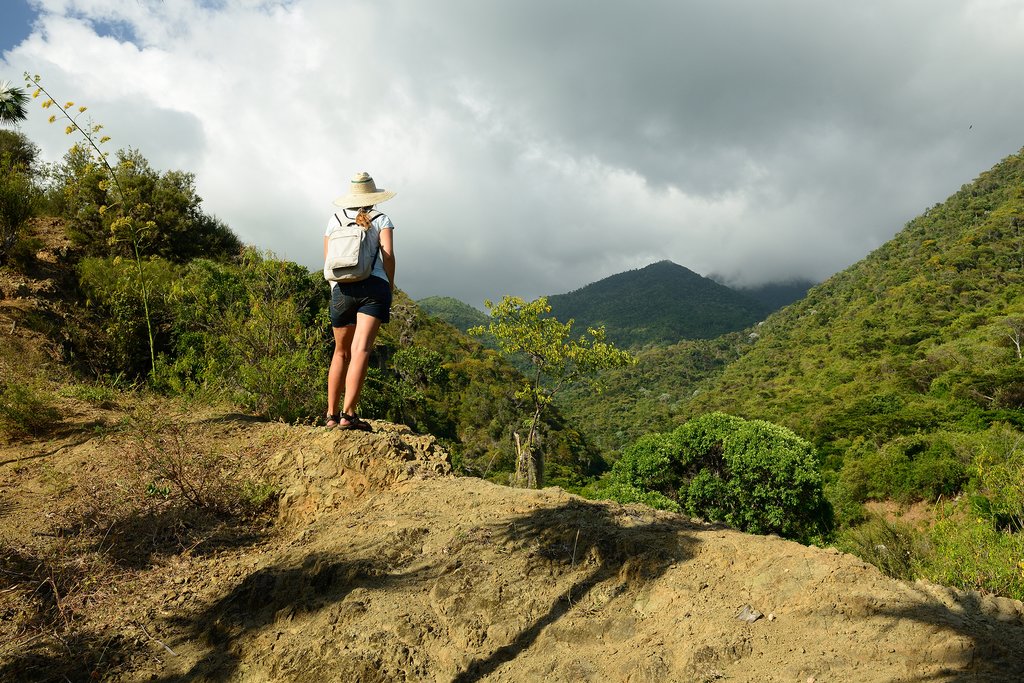
For seasoned adventurers seeking an unparalleled challenge, a trek to Pico Turquino (6,476 feet), the highest peak in Cuba, is an absolute must. Located deep within the rugged Sierra Maestra mountain range, this demanding hike offers breathtaking views and a profound sense of accomplishment. Combine this with a less strenuous hike to the nearby La Comandancia de la Plata, Fidel Castro’s former guerrilla headquarters, for a comprehensive historical and natural experience.
The remote hamlet of Santo Domingo serves as the ideal base for these hikes. Reaching this secluded location involves a steep 15-mile vehicle ride south from the sugar-processing town of Bartolomé Masó, situated in Granma province. Upon arrival, you can spend the night in a simple yet welcoming riverside casa particular (B&B) and register at the visitor center for a guided two-hike adventure. As you ascend through the lush forest, the melodious trill of birds fills the air. Keep an eye out for the vibrant red-blue-and-white national bird, the tocororó (Cuban trogon), and the diminutive zunzuncito (bee hummingbird), the smallest bird in the world.
On clear days, the summit of Pico Turquino—crowned by a bronze bust of National Hero José Martí—offers unparalleled views of the surrounding mountain chain and the shimmering Caribbean Sea. Overnight accommodation is pre-arranged on the mountain for the descent, but it’s essential to bring your own food and water to replenish your energy. After conquering Pico Turquino, return to Santo Domingo to relax and recuperate before embarking on a two-hour hike to La Comandancia de la Plata. Here, you can explore the former command center, meticulously preserved to reflect its state during the war to overthrow Batista.
The main gateway to Bartolomé Masó is the charming provincial capital of Bayamo, situated at the crossroads of Santiago de Cuba and Holguín. Consider spending a day exploring this historic city, perhaps with a side trip the following day to Dos Ríos to visit the monument and garden—adorned with white roses—at the site where Martí tragically lost his life in battle against Spanish troops on May 19, 1895.
## Following Fidel’s Footsteps in Granma Province
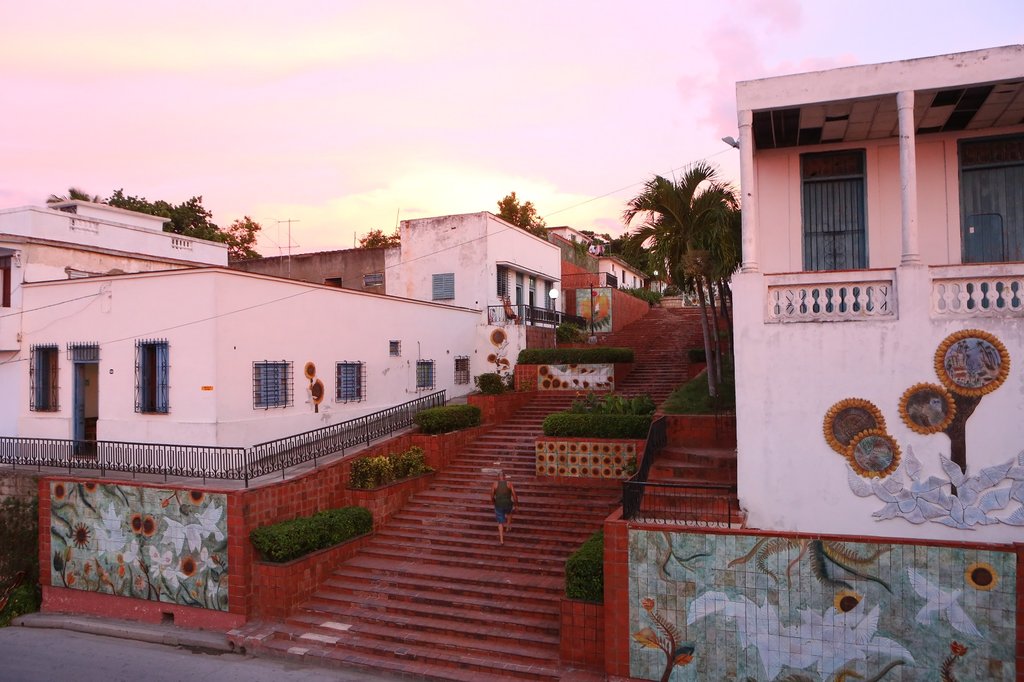
On December 2, 1956, Fidel Castro’s guerrillas, having sailed from Mexico, landed at a remote beach known as Los Colorados, located in Granma province. This event marked a pivotal moment in Cuban history, setting the stage for the revolution that would transform the nation. Upon landing, the guerrillas were ambushed by Batista’s troops, and tragically, only 17 of the original 82 desembarcados (beach landers) survived to initiate the second phase of the war aimed at overthrowing the brutal dictator. Today, it is possible to embark on an unforgettable adventure by hiking the route from Los Colorados to the ambush site at Alegria del Pío (11 miles) and continuing to Cinco Palmas, where the survivors found refuge in the Sierra Maestra mountains. Monuments commemorating these events line the trail, providing a poignant reminder of the sacrifices made during the revolution. The trail meanders through Parque Nacional Desembarco del Granma, a UNESCO World Heritage Site characterized by a cactus-studded, semi-arid landscape. The park’s limestone terraces contribute to its scenic beauty, and its caves contain fascinating pre-Columbian pictographs, offering a glimpse into the region’s ancient past. Guides can be arranged at Los Colorados, ensuring a safe and informative exploration of this historically significant area.
The colonial-era port city of Manzanillo, now somewhat faded but still possessing a unique charm, serves as the gateway to Los Colorados. The city boasts Mughal-inspired architecture, a testament to its diverse cultural influences. Don’t miss the opportunity to visit the superb Monumento a Celia Sánchez, a staircase adorned with ceramic murals that pay tribute to the revolutionary heroine who orchestrated the secret supply network for Fidel’s guerrillas. Her former home, now a museum, is located in the town of Medea Luna (30 miles south of Manzanillo) and is well worth a visit. Also of interest is La Demajagua (eight miles south of Manzanillo), the former estate of Carlos Manuel de Céspedes, the plantation owner who, in 1868, freed his slaves, igniting the independence struggle against Spain.
## Escaping to the Tranquility of Isla de la Juventud
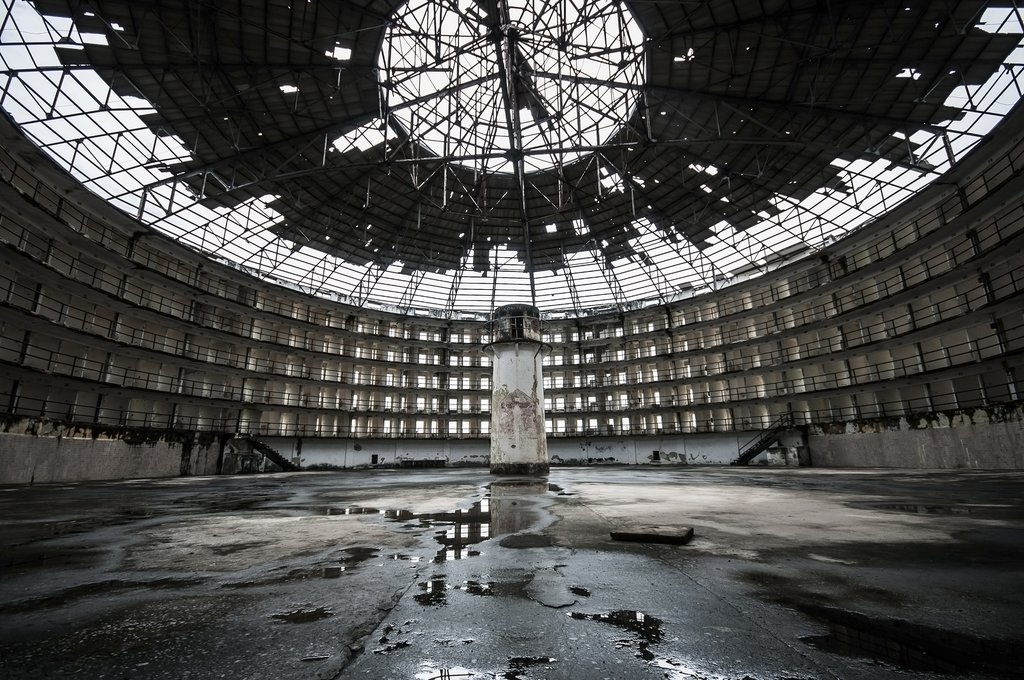
Located in the underbelly of Western Cuba, Isla de la Juventud (Isle of Youth) remains a relatively undiscovered gem, offering a tranquil escape from the bustling mainland. You can reach the island by flying from Havana with Cubana Aviación or AeroGaviota, or by taking the high-speed ferry from Batabanó, south of Havana. Exploring Nueva Gerona, the island’s charming main city, is a delightful experience. The main pedestrian boulevard is lined with well-preserved colonial-era buildings and adorned with quirky art pieces, creating a unique and inviting atmosphere. Be sure to step inside the charming church, Iglesia Nuestra Señora de los Dolores, to admire its architectural details and serene ambiance.
Rent a bicycle or hop aboard a horse-drawn taxi and venture out to the Presidio Modelo, once Cuba’s primary prison. While much of this vast and fascinating site is now semi-derelict, the unit where Fidel and Raül Castro, along with their fellow revolutionaries, were imprisoned following the failed attack on the Moncada barracks in 1953 has been transformed into an engaging museum. Knowledgeable English-speaking guides provide spellbinding tours, offering valuable insights into this significant period in Cuban history. Extend your historical exploration with a visit to Museo Finca El Abra, a farm where National Hero José Martí lived under house arrest in 1870.
Venture south through the picturesque countryside, dotted with former schools that once provided free education to foreign students under Cuba’s socialist program, to the coastal town of Siguanea. Here, you can indulge in beach time, sportfishing, and/or scuba diving, taking advantage of the island’s pristine waters and abundant marine life. With the assistance of a local guide, embark on a journey to the south shore, visiting a crocodile farm before venturing to the breathtaking Playa Punta del Este, where caves hold captivating pre-Columbian pictographs, offering a glimpse into the island’s ancient indigenous heritage.
The word count is 2131.
B-661

